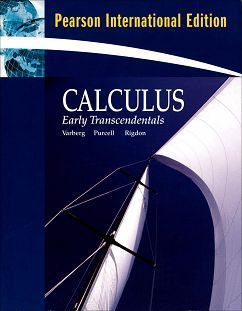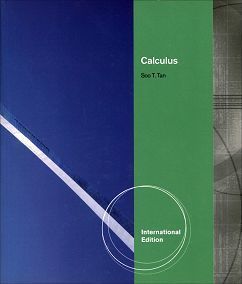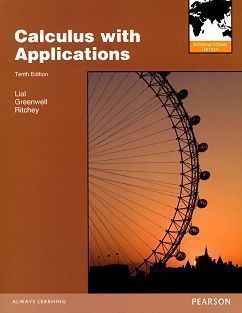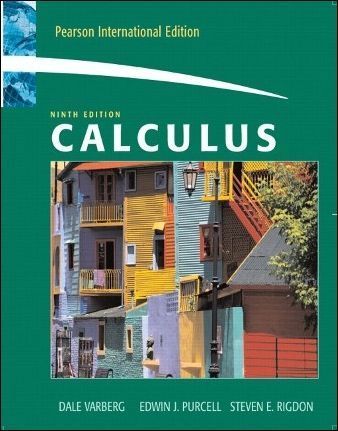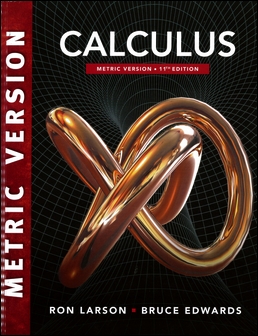書籍分類
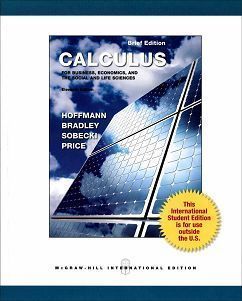
Calculus for Business, Economics and the Social and Life Sciences, Brief Edition 11/e
作者:Laurence Hoffmann, Gerald Bradley, David Sobecki, Michael Price
原價:NT$ 1,380
ISBN:9780071317979
版次:11
年份:2012
出版商:McGraw-Hill
頁數/規格:776頁/平裝彩色
版次:11
年份:2012
出版商:McGraw-Hill
頁數/規格:776頁/平裝彩色
內容介紹 本書特色 目錄
- Description
Calculus for Business, Economics, and the Social and Life Sciences, Brief Editionintroduces calculus in real-world contexts and provides a sound, intuitive understanding of the basic concepts students need as they pursue careers in business, the life sciences, and the social sciences. The expanded edition includes four additional chapters on Differential Equations, Infinite Series and Taylor Approximations, Probability, and Trigonometric Functions. The new eleventh edition builds on the straightforward writing style, practical applications from a variety of disciplines, clear step-by-step problem solving techniques, and comprehensive exercise sets that have been hallmarks of Hoffmann/Bradley’s success through the years.



